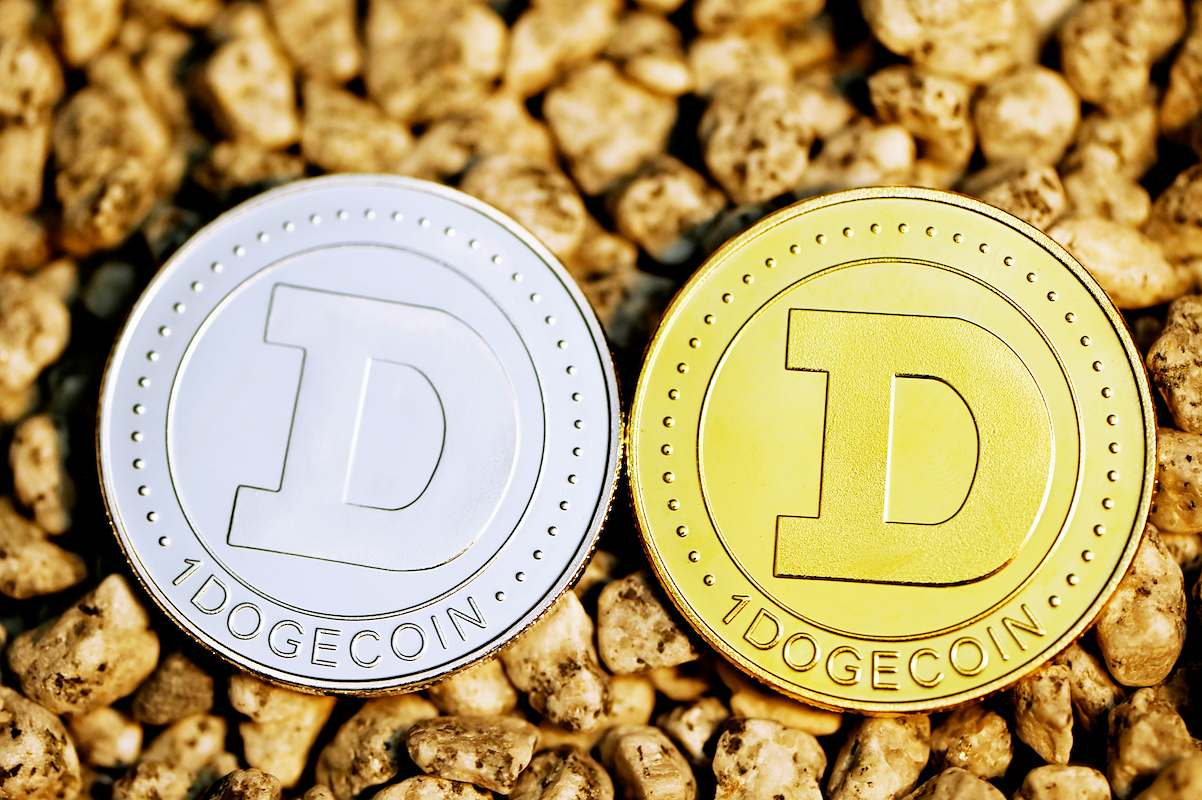Key Takeaways
- The Core Risk: The double-spend problem is the fundamental risk of spending the same digital money twice.
- Bitcoin's Solution: Bitcoin solves this with a public, decentralized ledger that chronologically records every single transaction.
- Confirmation is Final: Once a transaction is confirmed by the network, it is irreversible and permanently secured.
What is the Double-Spend Problem?
The double-spend problem is the risk that a digital currency could be spent twice. Unlike physical cash, which can only be in one place at a time, digital information can be easily duplicated. If you had 1 BTC, a double-spend would mean sending that same coin to two different recipients, effectively creating money from nothing and destroying the system's integrity.
For example, you could send 0.05 BTC to a merchant for a service. Before that transaction is confirmed by the network, you could attempt to send those same 0.05 BTC back to a different wallet you own. If successful, you would have received the service for free. Bitcoin’s blockchain was built specifically to make this type of fraud impossible.
Causes of the Double Spend Problem
The double-spend problem stems from the basic nature of digital information and the absence of a central intermediary. Because transactions aren't confirmed instantly in a decentralized network, a window of opportunity is created for the same digital funds to be transmitted more than once before the network reaches a consensus.
- Replicability: Digital assets, unlike physical cash, can be duplicated perfectly.
- Latency: The delay between broadcasting a transaction and its final confirmation creates a vulnerability.
- Decentralization: Without a single authority, the network itself must collectively validate transactions.
- Race Attacks: A malicious actor sends conflicting transactions in rapid succession to defraud a recipient.
- 51% Attacks: An entity controlling a majority of the network's mining power could reverse transactions.
Historical Examples of the Double Spend Problem
Before Bitcoin, early digital cash systems like DigiCash tried to solve this issue through centralized servers. These precursors required a trusted third party to verify transactions and prevent the same money from being used twice. Their limitations demonstrated the difficulty of creating purely digital cash without a central point of failure.
While Bitcoin's core protocol has remained secure against double-spending, related attacks have occurred on smaller cryptocurrencies. In these cases, attackers gained majority control of a network's mining power to reverse transactions. These events confirm that the threat is not merely theoretical and that robust decentralization is the only effective defense.
How Bitcoin Addresses the Double Spend Problem
Bitcoin's architecture is built to neutralize the double-spend threat. It uses a public ledger, known as the blockchain, where all transactions are recorded chronologically and transparently. This system relies on a network of participants to validate and secure every transaction, making fraud computationally impractical.
- Blockchain: A shared, immutable ledger that provides a single source of truth for all transactions.
- Proof-of-Work: A competitive validation process that secures the network and confirms transaction legitimacy.
- Confirmations: A series of subsequent blocks that solidify a transaction's place in the chain, rendering it irreversible.
Double Spend Problem in Traditional Banking vs. Cryptocurrencies
Traditional financial systems and cryptocurrencies approach the double-spend problem from fundamentally different angles.
- Banking: Relies on a central authority to validate transactions and maintain a private ledger.
- Cryptocurrency: Uses a decentralized network and a public ledger to achieve consensus without a middleman.
- Trust: In banking, trust is placed in a single institution; in crypto, it is distributed across the network's code and participants.
Future Challenges Related to the Double Spend Problem
As networks grow and technology advances, new complexities arise for preventing double-spending. The core principles of decentralization remain the primary defense, but the threat evolves with new attack vectors and scaling solutions. Maintaining security requires constant vigilance and adaptation.
- Scaling: Layer-2 solutions, while increasing transaction speed, introduce new potential points of failure that could be exploited.
- Quantum: The development of quantum computing poses a long-term threat to current cryptographic standards, potentially breaking the security that prevents double-spends.
- Forks: Contentious network upgrades can create temporary confusion and opportunities for replay attacks, a form of double-spending.
The Lightning Network and the Double-Spend Challenge
The Lightning Network, a second-layer protocol, addresses double-spending for near-instant transactions. It operates through payment channels where participants lock funds on the main chain. Within these channels, transactions are signed updates to a shared balance sheet. If a party attempts to cheat by broadcasting an outdated state, the other party can present a more recent, signed state. This action not only invalidates the fraud but also transfers the cheater's funds to the honest party as a penalty, securing the network's integrity.
Join The Money Grid
To access the full potential of digital money, you need an infrastructure built on the very principles that solve the double-spend problem. Lightspark provides this with its Money Grid, a global payments network that uses Bitcoin and the Lightning Network to offer instant, secure transfers for fiat, stablecoins, and bitcoin. By building on Bitcoin's secure foundation, you can move value across the globe without the risk of fraud.


